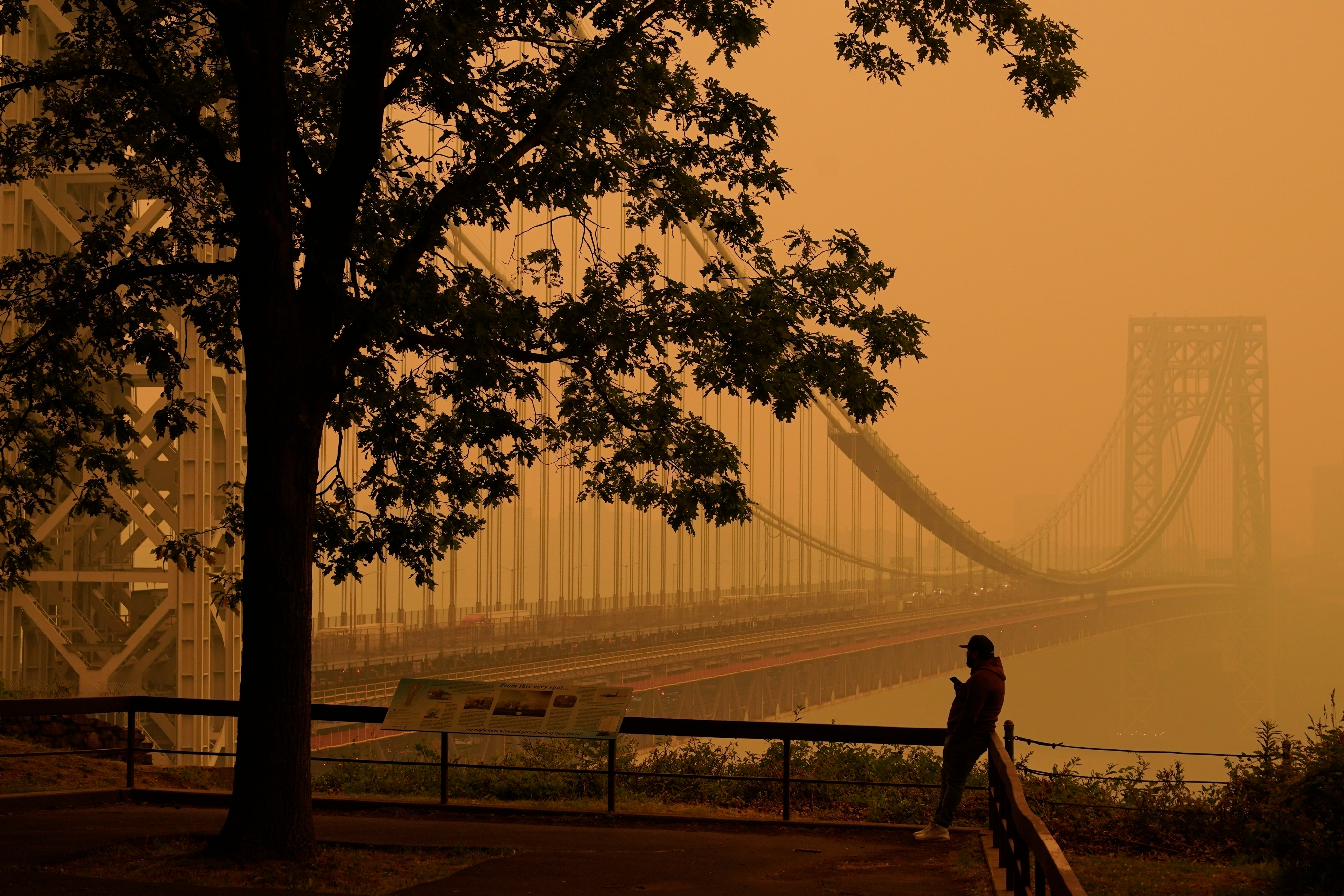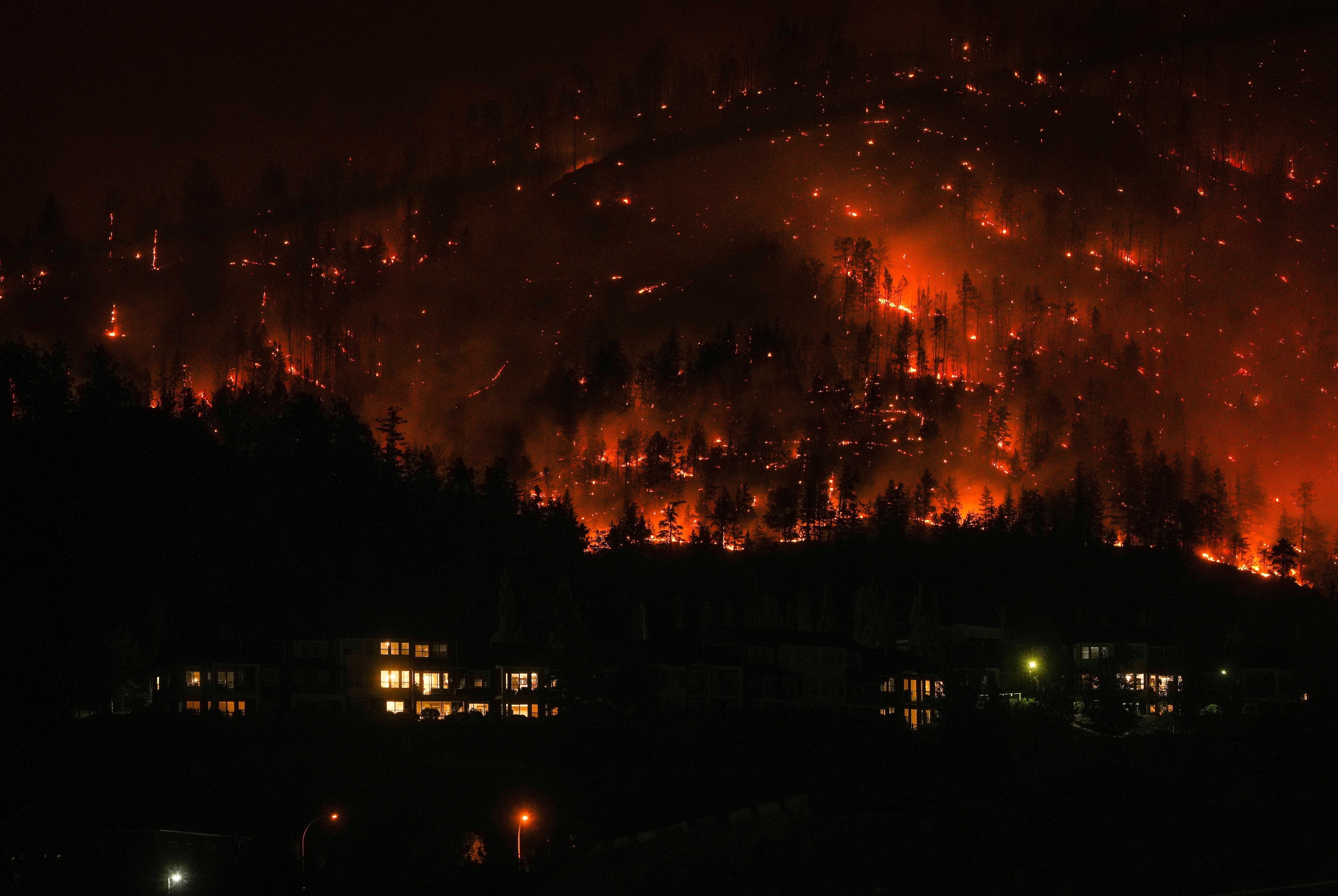Pollution linked to surge in eczema cases
Dermatology visits rose eightfold in August 2023 compared to the same period in 2022 as wildfires raged in Canada
Your support helps us to tell the story
From reproductive rights to climate change to Big Tech, The Independent is on the ground when the story is developing. Whether it's investigating the financials of Elon Musk's pro-Trump PAC or producing our latest documentary, 'The A Word', which shines a light on the American women fighting for reproductive rights, we know how important it is to parse out the facts from the messaging.
At such a critical moment in US history, we need reporters on the ground. Your donation allows us to keep sending journalists to speak to both sides of the story.
The Independent is trusted by Americans across the entire political spectrum. And unlike many other quality news outlets, we choose not to lock Americans out of our reporting and analysis with paywalls. We believe quality journalism should be available to everyone, paid for by those who can afford it.
Your support makes all the difference.Air pollution caused by wildfires has been linked to a surge in eczema and dermatitis cases in North America, research shows.
Arianne Shadi Kourosh, from Harvard Medical School, said she saw patients with eczema worse than usual for summer months in Boston, Massachusetts, as it suffered the fallout from wildfires in Canada.
In August 2022 carbon monoxide levels in Boston were about 0.2 parts per million with around 20 dermatology clinic visits for dermatitis and eczema.
For the same period in 2023, carbon monoxide levels had tripled, and dermatology visits had risen eightfold, according to Dr Kourosh’s research.
“We were having patients come in with their eczema worse than usual, or in a couple of cases people with no history of the condition — and suddenly having skin inflammation,” she told The Times.

One extra aggravating factor with the wildfires is that fire retardants containing ammonium phosphates were used, which are known to contribute to dermatitis, and may have spread in the smoke plume.
There are possible mechanisms by which carbon monoxide might directly aggravate skin as an irritant. It also acts as a proxy for other pollutants though, such as fine particulates.
Dr Kourosh warned skin conditions could be aggravated by all forms of air pollution around the world - not just that caused by wildfires.
“Wildfires are one form of acute air pollution event. But what about the London smog? This paper really is about the broader issue of chronic and acute air pollution. This affects London, it affects China, it affects many places in the world,” she told the same newspaper.
In Spain, a study of 20,000 schoolchildren found a link between raised levels of some general air pollutants and eczema, as well as the expected respiratory complaints.

Chinese researchers also tracked 30,000 hospital visits and compared them with pollution levels, finding a similar link.
In August, smoke from more than 500 wildfires in Canada blanketed large areas across the country and caused “unhealthy” to “very unhealthy” air quality conditions for residents. More than 100 million people were under air quality alerts.

Join our commenting forum
Join thought-provoking conversations, follow other Independent readers and see their replies
Comments